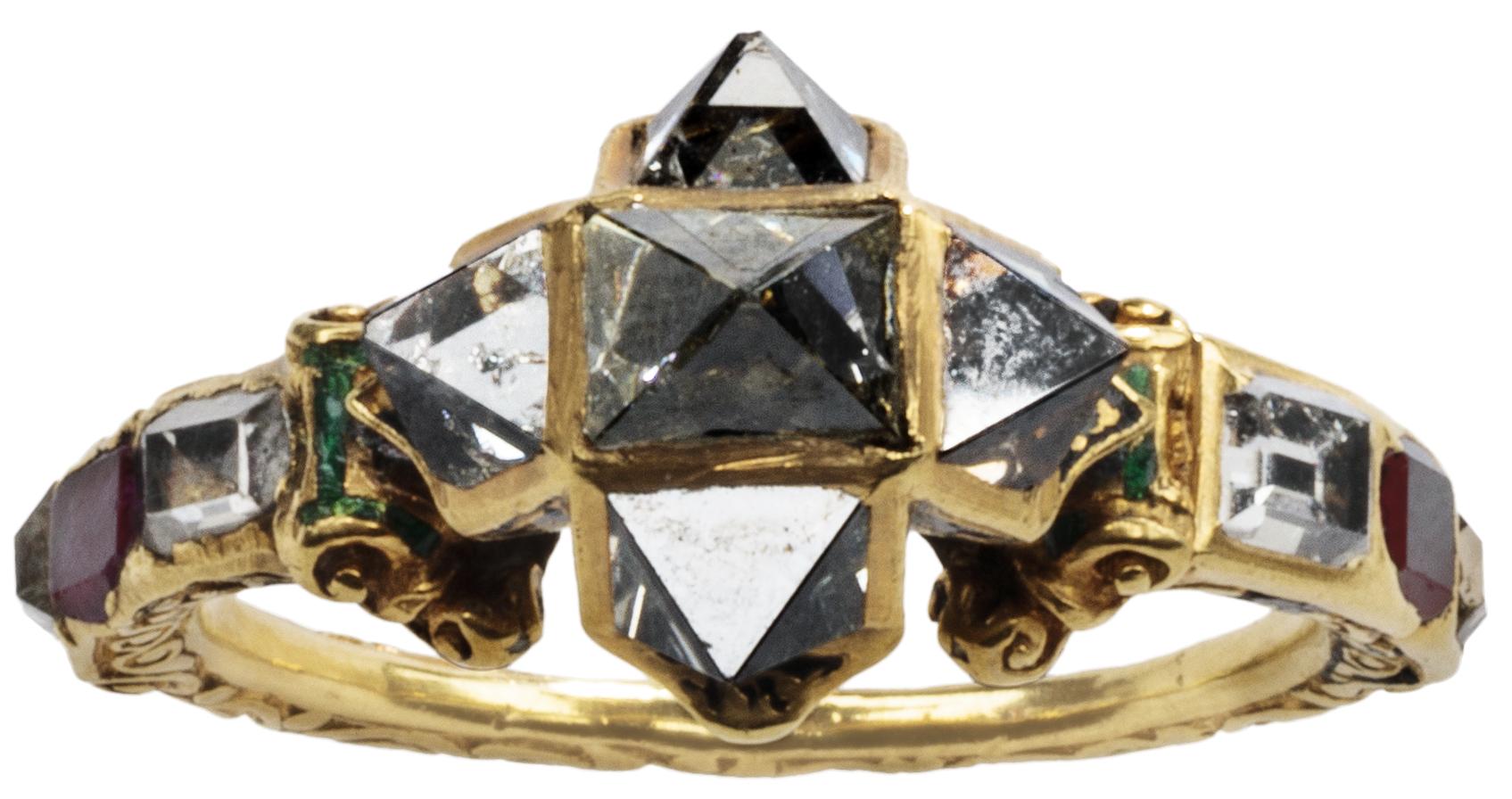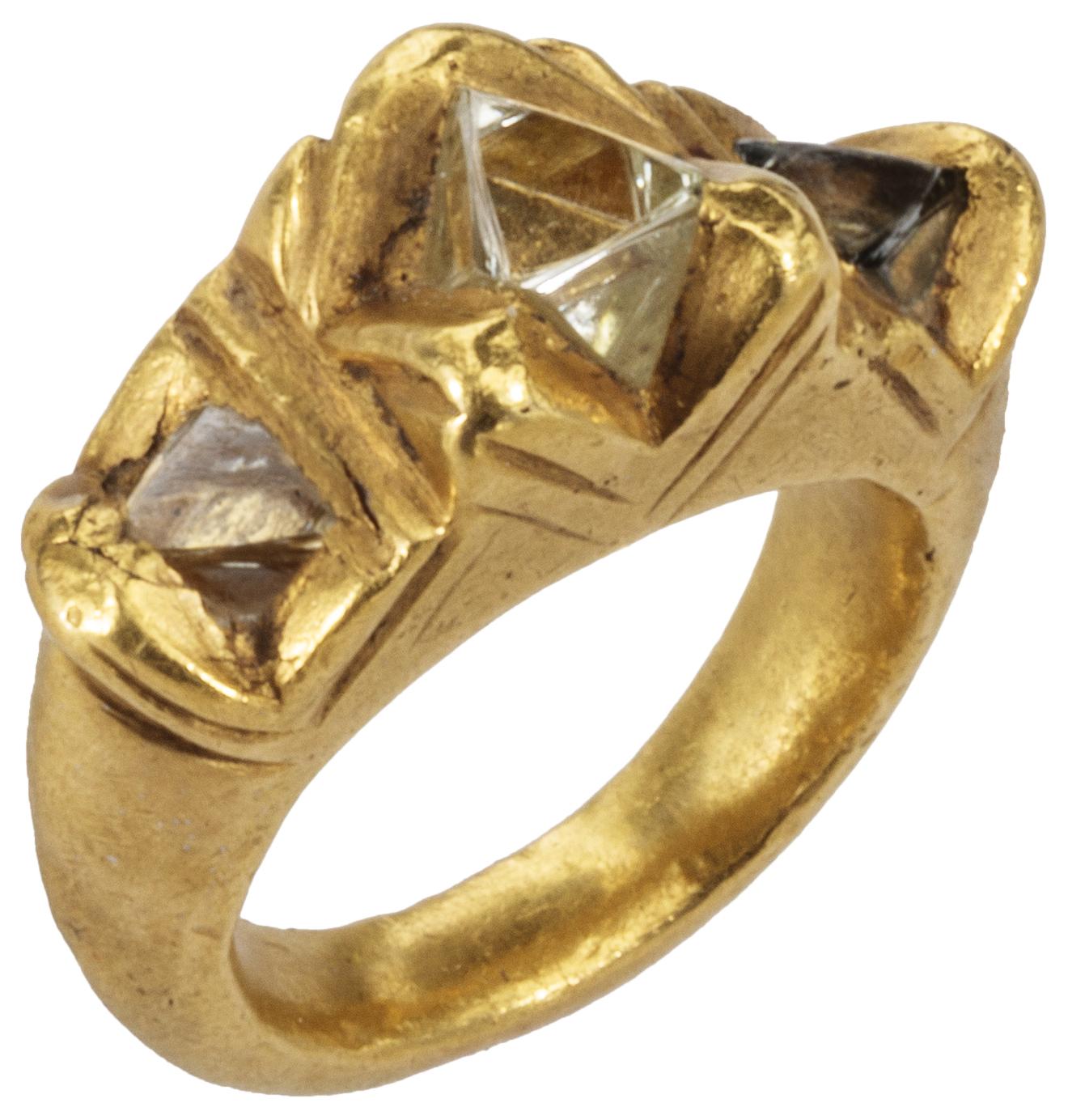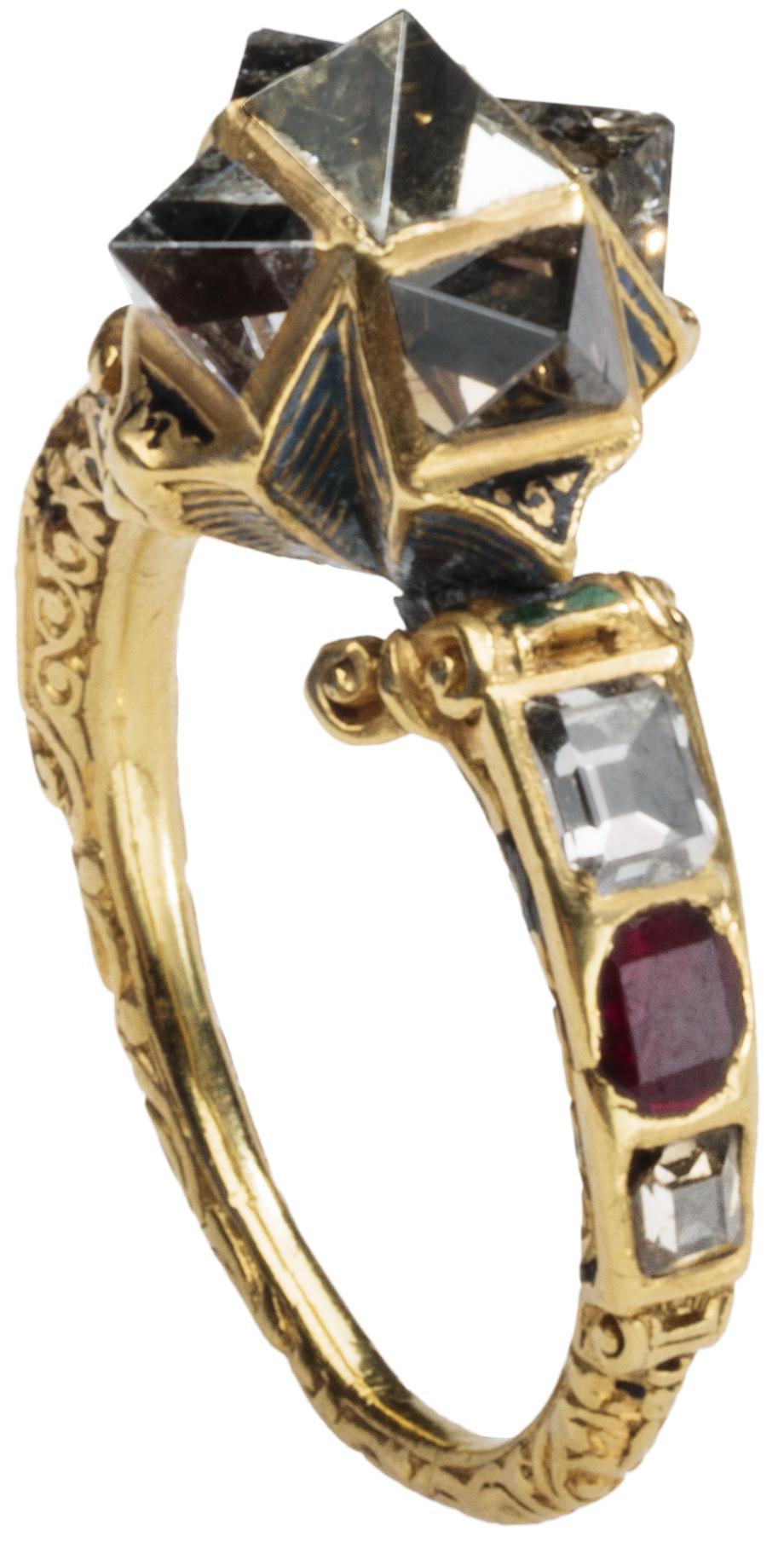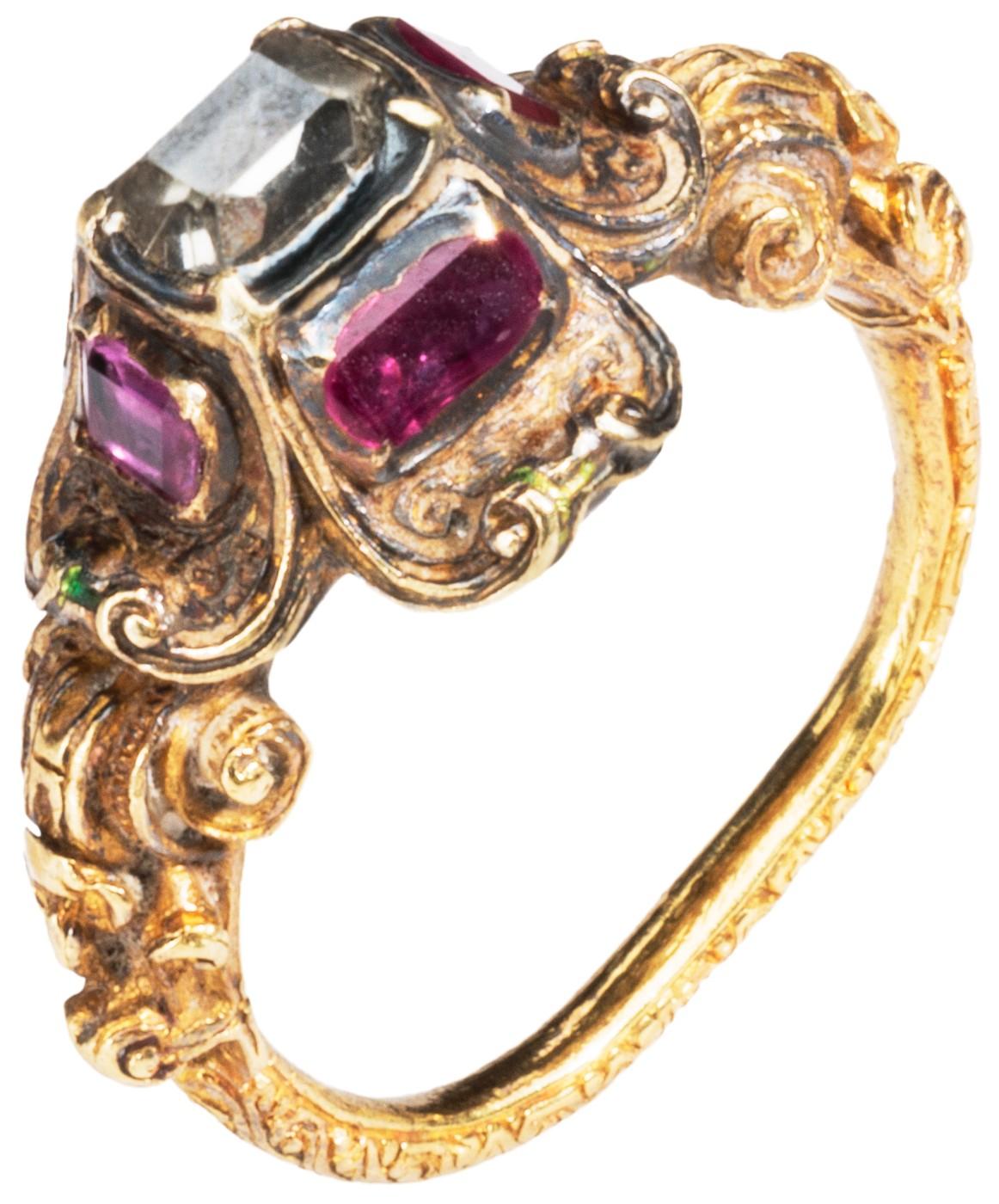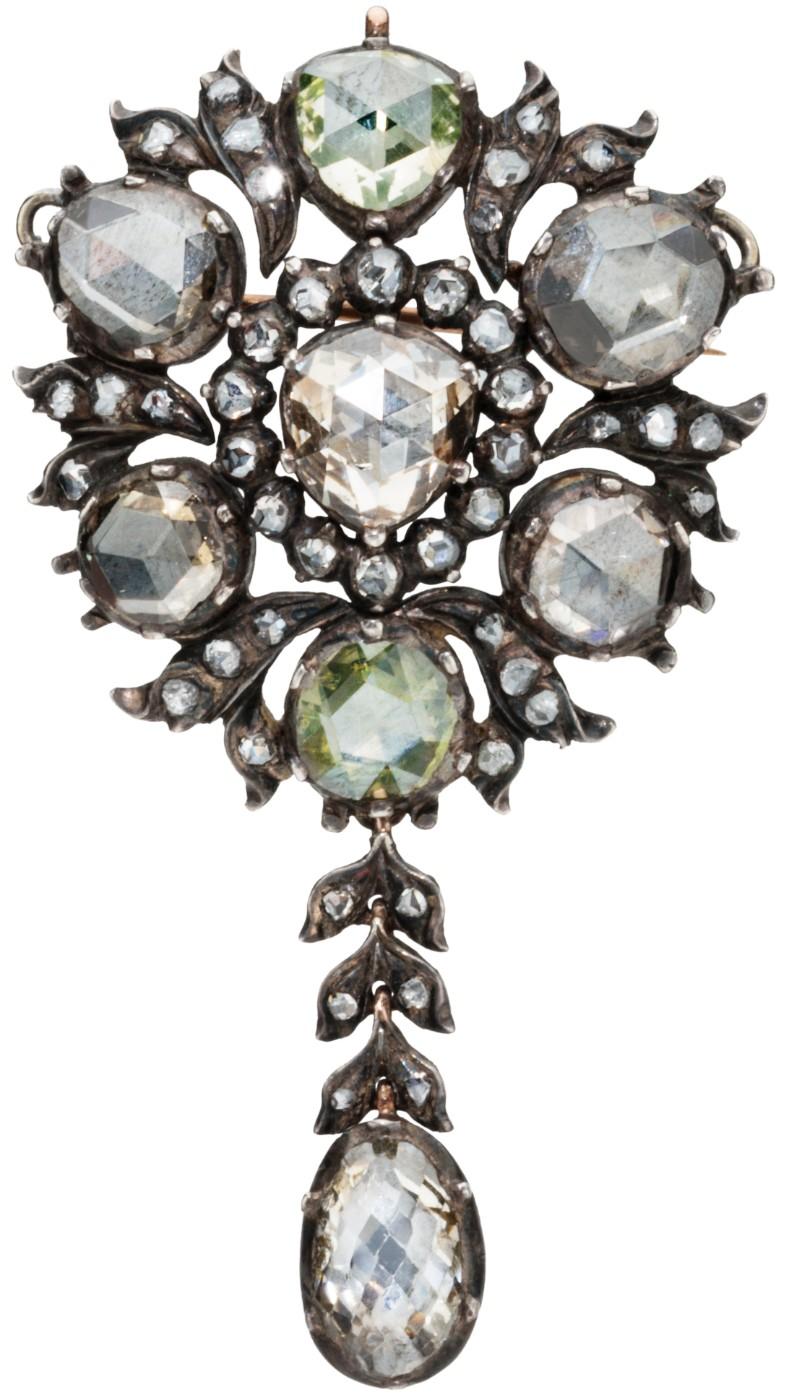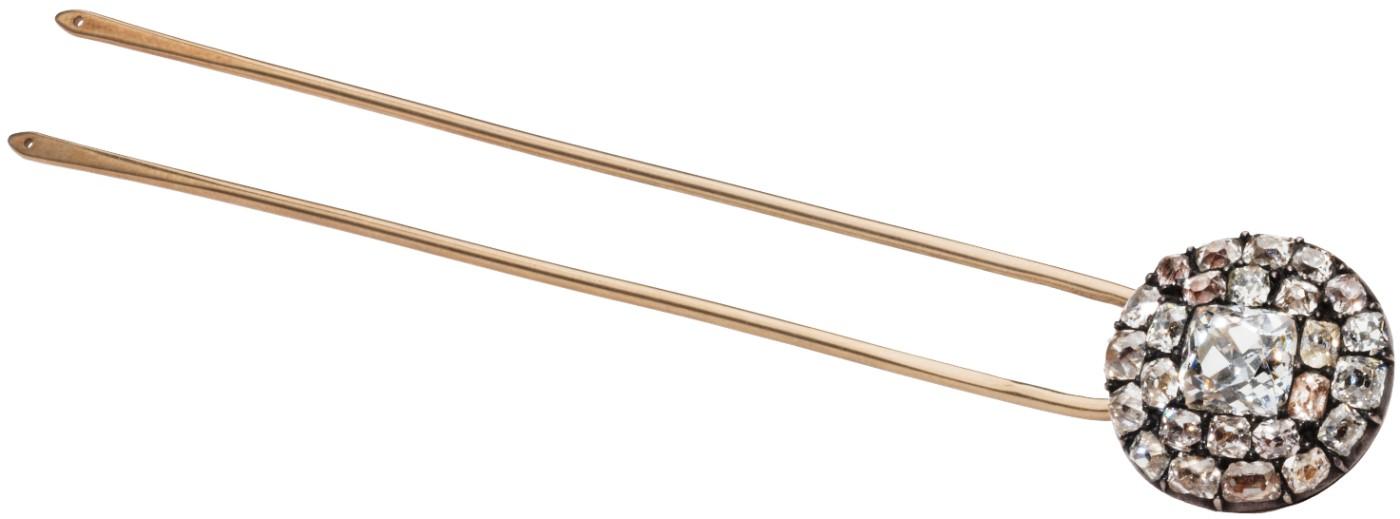From the beginning, Zucker was focused on a collection he calls a Musee Imaginaire, and he set out to make it a reality with his first purchases. He has been buying, amassing and exhibiting his collections since the 1970s. The current exhibition and sale is the culmination of everything he has learned, and gathered throughout his life as a dedicated collector.
He set out to create a collection that would demonstrate and document the changes in diamonds from their discovery in India. Although diamonds from the “Valley of Gems,” a vast region stretching across India, were written about for nearly two millennia, the real story of their role as the first source of gem diamonds began about 600 years ago. The diamonds from this region are generally referred to as Golconda and are considered to be exceptionally pure, with a luminous transparency often referred to as soft and limpid.




